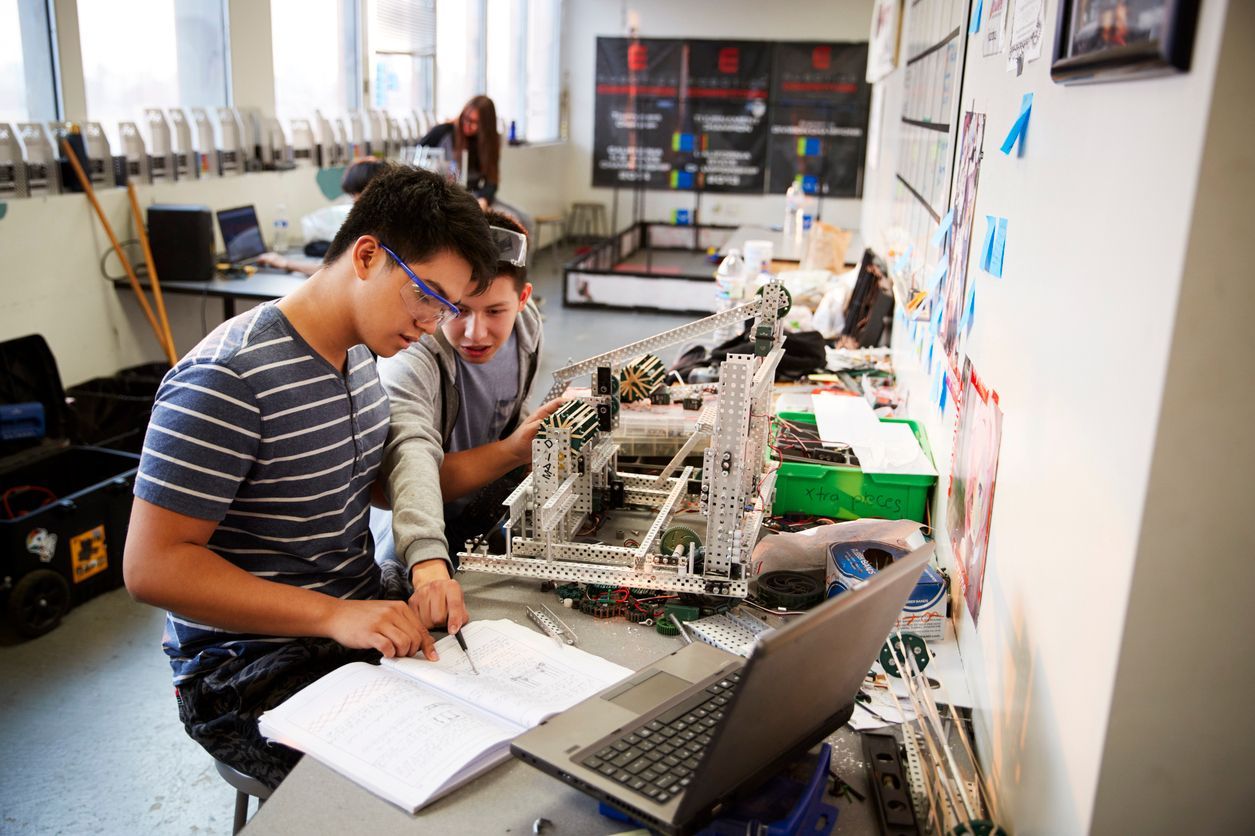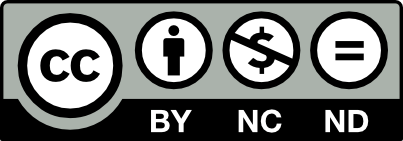This page is licensed under Creative Commons under Attribution 4.0 International. Anyone can share content from this page, with attribution and link to College MatchPoint requested.
Get in touch
Inside a Successful UT Austin Cockrell Application: The Relentless Builder Who Combined Rigor, Research, and Real-World Impact
In a year when UT Austin saw record-breaking applications, one student stood out—not with flashy awards or viral inventions, but with four years of focused effort, academic rigor, and steady leadership. This case study tells the story of a mechanical engineering applicant to the Cockrell School of Engineering, one of the most competitive programs in the country.
This student wasn’t an auto-admit. But they built their case from the ground up—brick by brick, project by project, and recommendation by recommendation.

A Clear Path from the Start
From the beginning of high school, this student was drawn to how things worked—and more importantly, how to make them work better. Enrolled in a public school with a dedicated engineering track, they committed to four years of engineering-focused coursework, including design, robotics, and computer-aided drafting.
What truly set them apart was their ability to match academic coursework with hands-on experience and personal initiative. By senior year, their transcript included AP Physics C, Calculus BC, and dual-enrollment Multivariable Calculus—a rare but powerful combination that signaled college readiness for a rigorous STEM program like Cockrell.
A Portfolio That Told a Story
During their coursework, the student earned multiple SolidWorks certifications, showcasing not just completion, but mastery. They assembled a digital portfolio to track their projects—from a self-correcting robotic arm to a water filtration prototype designed in a capstone course.
Even though UT Austin’s Cockrell School doesn’t formally request portfolios, this one became an invaluable internal tool. It helped the student tell a clear story of growth in their essays and resume, and served as a personal archive of progress and pride.
Real-World Learning Through Summer Internships
While many students seek out prestigious summer programs, this student leveraged family connections to find something even more impactful: a two-summer internship at a local engineering firm.
The first summer, they observed and asked questions, learning the culture of a professional workspace. By the second summer, they had earned enough trust to contribute to a small team project—an experience they highlighted in their activity list and fit-to-major essay.
In addition, they were accepted into a selective summer research program, where they worked alongside college students and professors on a mechanical systems analysis project. These experiences gave their application weight—and helped solidify their identity as not just a future engineer, but already a practicing one.
Leadership Through Service
Colleges like UT Austin look for more than academic achievement—they look for impact. This student brought that through community-centered leadership, particularly in their Eagle Scout project.
Rather than opting for a traditional beautification project, the student designed and delivered STEM exploration kits for underserved elementary students, combining creativity with service. The project included hands-on experiments, clear instructions, and a mentorship model that connected high school volunteers with younger learners.
Their letters of recommendation—from an internship supervisor and scout leader—spoke not only to their work ethic, but to the kindness, patience, and leadership they showed throughout high school.
The Outcome
This student was admitted to the Cockrell School of Engineering, a major with one of the lowest admit rates at UT Austin. They didn’t arrive with a standout competition trophy or viral science fair win—but with a consistent, purposeful, and action-driven application.
Parent Takeaways from the Class of 2025 Cycle
- Start early and build steadily: This student began laying the foundation for engineering success in 9th grade—with course selections, extracurriculars, and summer plans aligned to their goals.
- Internships don’t need to be prestigious—just meaningful: Real-world experience, even through family networking, can give students invaluable context and stories for their applications.
- Service matters: UT Austin—and Cockrell specifically—values students who don’t just build things, but also contribute to their communities through those skills.
- Portfolios can clarify direction: Even when not required, collecting and reflecting on projects helps students communicate their growth and readiness in essays and interviews.
This student’s journey reminds us that success in the college admissions process doesn’t always come from explosive moments. Sometimes, it comes from steady hands, quiet leadership, and a deep belief in building what matters.

Subscribe
Sign up with your email address to receive news and updates.

